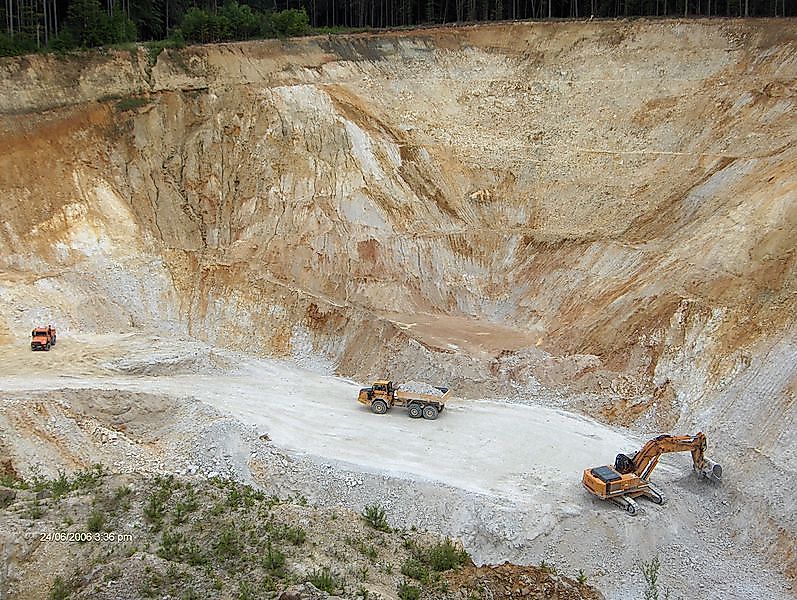Top Exporters Of Siliceous Earths And Siliceous Fossil Meals

The United States is the leading exporter of silicon dioxide-based meals and earth, otherwise known as siliceous earth, which is the purified form of silica. Siliceous earth is exported worldwide for use in personal products ranging from face powders to lotions and dietary supplements, and for a wide variety of industrial applications. Its qualities make it excellent for polishing purposes, ceramics, and glassmaking, and in the US, 35% of all silica mined goes towards glassmaking sand alone.
While silicon is useful for many applications, there are relatively few options to replace silicon, creating an ever-growing market. Silicon dioxide is primarily obtained by purification of quartz and is mined with open pit and dredging methods.
Top Exporters Of Siliceous Earths And Siliceous Fossil Meals
The USA
The majority of Siliceous fossil meals mined in the United States come from the northwest. As per International Trade Centre data, a staggering $41,639,000 worth of silicon-dioxide based minerals shipped out of the United States of America in 2015. America’s share in the export of siliceous earth is significant, to say the least–over 30 million metric tons come from the USA. Canada is the leading recipient of US exports, followed by Japan and Mexico. 85% of Mexico’s total silica is imported from the US. With its sister countries importing so much silica, siliceous fossil meal is primarily transported by truck and rail, with only 1% of the US’s export leaving the country by sea.
Germany
The second highest rate of production comes from Germany, following up with only $17,652,000.
Japan
Japan is primarily a mineral-poor country, but its production of silica stone is of world significance. Though Japan is a small country, notorious for its cutting edge technology, it still managed to export $3,565,000 of silica in 2015. This wealth of silicon can be attributed to subduction zone volcanism. Surface layers where water once existed are rich in silicon, removed from the ocean thanks to weather, sediment settling, plankton. In the Sea of Japan, silica sediment reaches a maximum level of 20%, and in the Sea of Okhotsk, bordering north Japan, silica levels reach a maximum of 56%.
Applications Of Silica
Increases in the production of silica can be linked to growth in the economy, particularly construction and petroleum. Silicon itself is not a naturally occurring mineral, and can only be made by heating sand containing silica dioxide and carbon materials such as coke to high temperatures. This important element is used in the manufacture of transistors, telecommunication fiber optic cables, and microchips. As consumer interest in the modern industry grows, the more siliceous fossil meal is needed.
Siliceous earth may be the driving force behind technological development, but let us not forget it is used for many applications in the beauty industry. With its unique ability to absorb moisture and sweat, it is an ingredient often used in powder-based cosmetics, and to suspend color and fragrance. It is FDA approved as both an anti-foaming and anti-caking ingredient.
With applications in industries worldwide and a growing market tied to telecommunication, it is safe to say that siliceous earth will not be going out of demand any time soon.
Top Exporters Of Siliceous Earths And Siliceous Fossil Meals
| Rank | Country | 2015 Siliceous Mineral Exports (USD) |
|---|---|---|
| 1 | United States | $41,639,000 |
| 2 | Germany | $17,652,000 |
| 3 | Mexico | $16,689,000 |
| 4 | France | $13,474,000 |
| 5 | China | $5,097,000 |
| 6 | Argentina | $4,340,000 |
| 7 | Japan | $3,656,000 |
| 8 | Turkey | $3,584,000 |
| 9 | Belgium | $3,375,000 |
| 10 | Canada | $3,343,000 |











